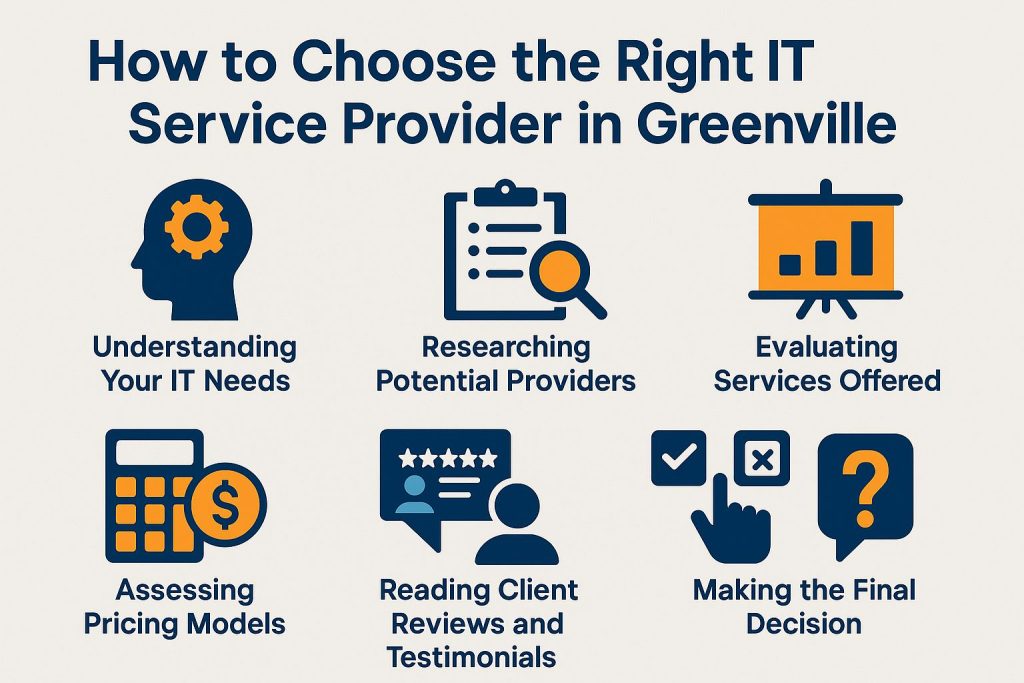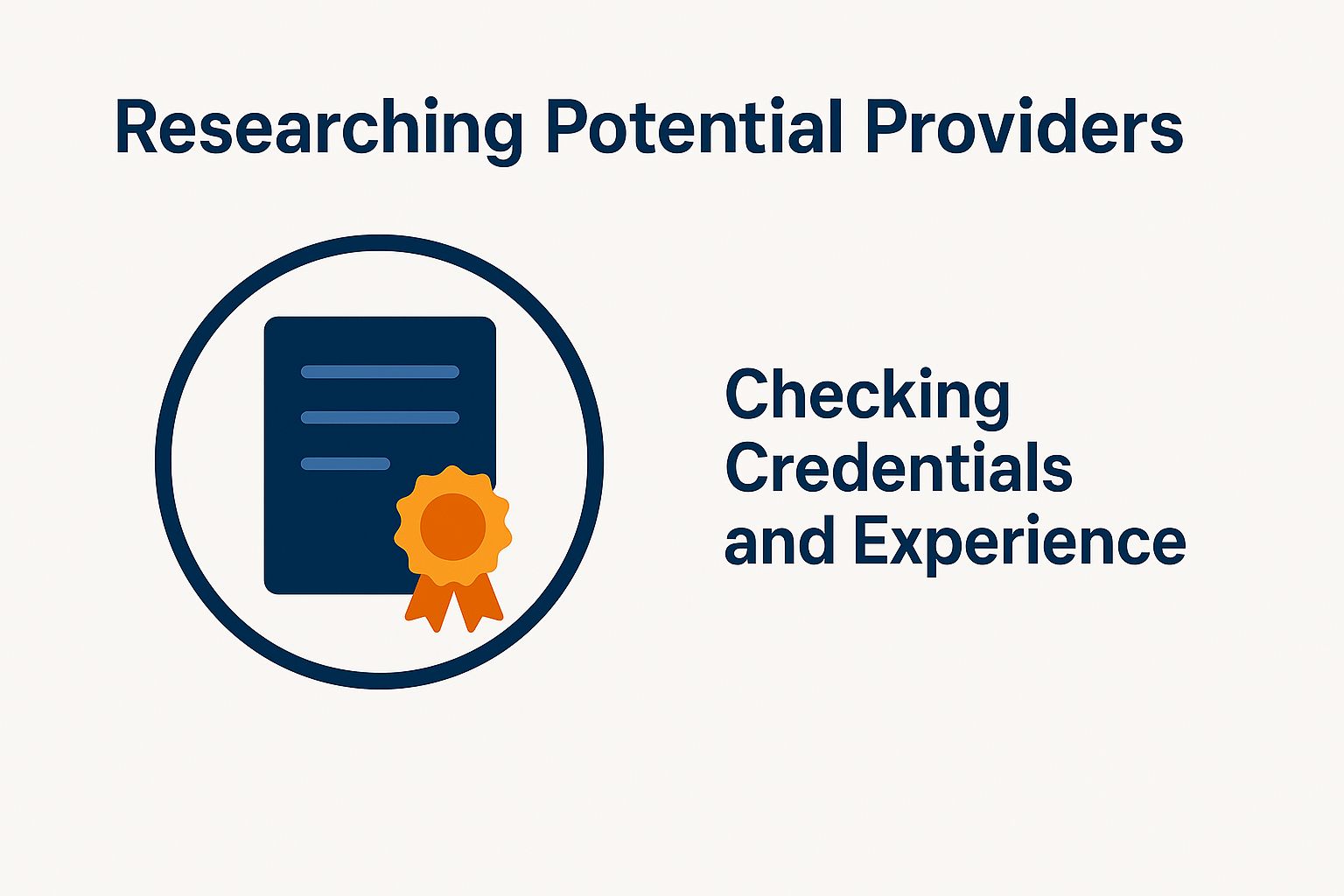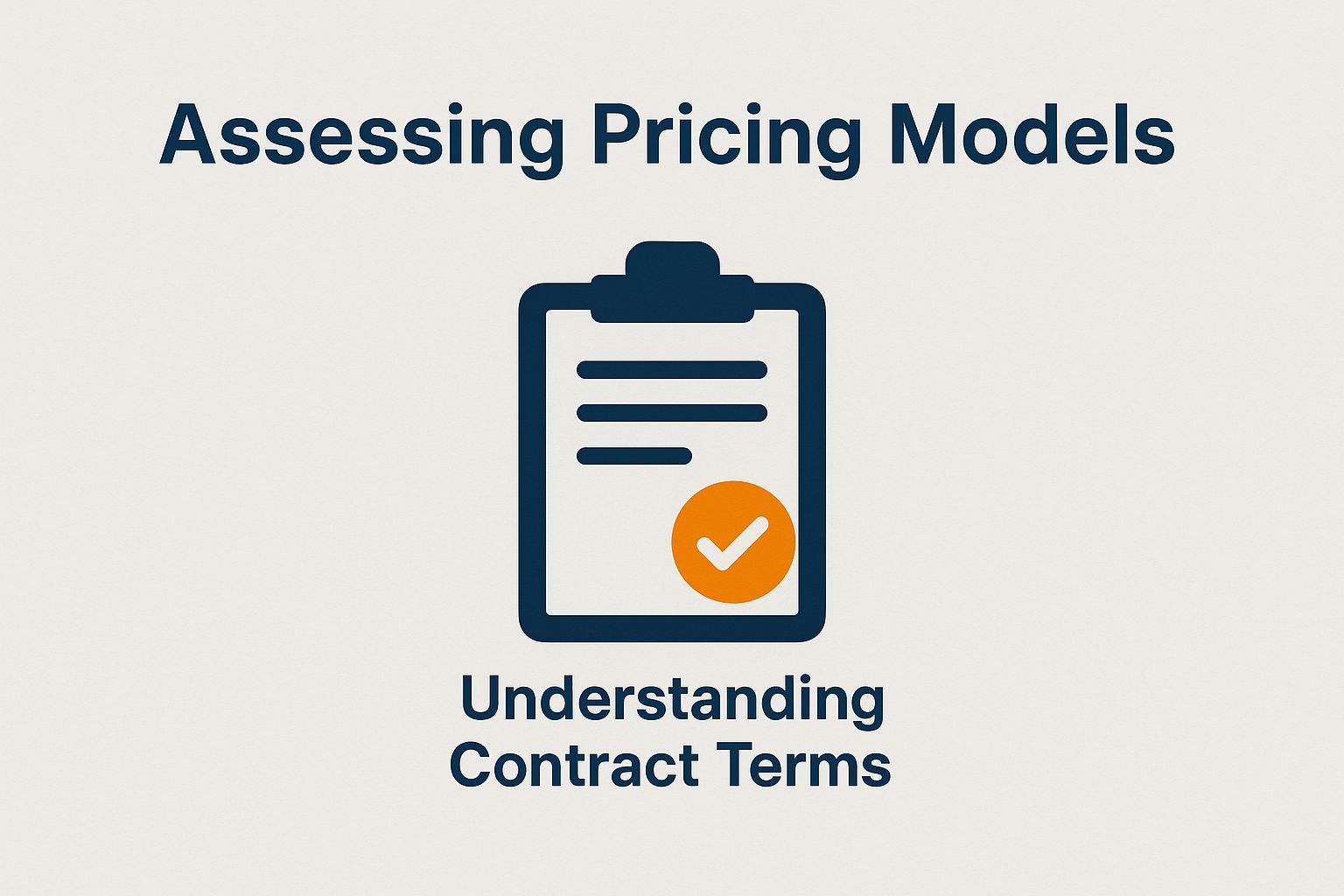How to Choose the Right IT Service Provider in Greenville

Choosing the right IT service provider impacts a business’s efficiency and success. Many options are available in Greenville. Understand your IT needs clearly. Evaluate potential providers carefully. Key considerations include assessing credentials, available services, pricing models, and client feedback. This guide will highlight the steps businesses need to take to find the best IT support for their needs.
Understanding Your IT Needs
Identify your IT needs. This helps you choose the right service provider and align with business goals.
Start with an internal assessment. This is often called an IT Assessment. This can be achieved by utilizing surveys to gather insights from various departments regarding their specific IT requirements, including hardware, software, and support needs.
Hold meetings or workshops with stakeholders. Discuss pain points and desired outcomes. For instance, if the marketing team identifies a need for enhanced data analytics tools, it is important to prioritize providers that specialize in those solutions.
Documenting these findings creates a clear outline that can guide discussions with potential vendors, ultimately streamlining the selection process. For an extensive analysis of this process, our comprehensive guide on choosing the right managed IT provider offers valuable insights that can further enhance your selection strategy.
Researching Potential Providers
Research potential IT service providers. This influences your choice and improves service quality.
One should begin by identifying local IT companies through platforms such as Google Maps and Yelp, which offer user reviews and ratings. It is also essential to verify the service offerings by reviewing their official websites to ensure they align with specific requirements.
Additionally, using LinkedIn for insights about the firm’s culture, technology solutions, and client reviews can provide valuable insights into the firms’ work culture, technology solutions, and client endorsements. Connecting with current or former employees can further clarify their experiences, aiding in the decision-making process.
This methodical approach ensures that the selected provider integrates seamlessly with the organization’s needs, as mentioned in our detailed guide on how to choose the right managed IT provider.

Checking Credentials and Experience
Check the credentials and experience of IT providers. Ensure they have the skills and certifications you need to meet specific technical requirements.
To conduct a thorough verification, it is advisable to begin by requesting a copy of the provider’s certifications. Important qualifications to consider include:
- CompTIA certifications for entry-level IT support
- Microsoft Certified Solutions Expert (MCSE) for expertise in cloud services
- Relevant ISO certifications for quality management
Additionally, it is prudent to assess their experience by requesting case studies or references from previous clients. This approach not only validates their capabilities but also provides insight into their practical application and technical expertise in real-world scenarios.
Evaluating Services Offered
Evaluate the services of potential providers. Ensure they meet your IT infrastructure and business continuity needs, and support operational goals. To facilitate well-considered choices, it is advisable to create a comparison chart that highlights key service attributes.
For instance, it is important to assess network security by examining features such as intrusion detection and firewall capabilities, which are crucial for IT risk management. Additionally, reviewing data backup solutions is crucial, particularly in terms of backup frequency and redundancy options; some services may offer daily backups with off-site storage.
Furthermore, evaluating technical support based on availability is vital, as 24/7 support can play a significant role in minimizing downtime. To better understand this evaluation process, our guide on choosing the right managed IT provider provides detailed insights into key considerations. Documenting these attributes helps businesses make informed choices based on their specific needs.
Assessing Pricing Models
Understand the pricing models of IT firms. This ensures transparency and helps you stay within budget while obtaining quality services.
The primary pricing models include:
- Hourly rates
- Monthly retainers
- Pay-as-you-go options
Hourly rates suit short-term projects. They typically cost around $100 per hour. However, they may result in unexpected total costs.
Monthly retainers are generally priced at about $500 per month. They provide comprehensive services but require a commitment for ongoing support. This offers predictable expenses.
Pay-as-you-go models offer flexibility. Clients pay only for actual usage. This can be ideal for sporadic needs. However, it may lead to higher costs if services are frequently required.
Ultimately, selecting the appropriate model depends on the project’s scope and budget (our guide on cost-saving IT outsourcing explores this in detail).

Understanding Contract Terms
Understanding contract terms is important. This helps avoid hidden fees and ensures that services meet expectations and compliance requirements.
Start by focusing on key components of the contract. Examine the terms of service carefully. Pay special attention to the length of commitment, as this can vary significantly between providers.
Additionally, reviewing clauses related to data security and compliance is crucial to ensure alignment with GDPR requirements, especially when handling personal data. Understanding the termination procedures is also important to avoid complications if the decision is made to end the agreement. Consulting a legal professional can provide clarity on these elements. This helps clarify terms and ensures IT compliance.
Reading Client Reviews and Testimonials
Analyzing client reviews and testimonials offers valuable insights. This helps understand a service provider’s reputation, service quality, and client satisfaction. These factors can inform decision-making.
To assess reviews effectively, start with platforms like Trustpilot and Google Reviews. This helps gather a diverse range of opinions. It is advisable to collect at least ten reviews for each provider to identify any prevailing trends.
Subsequently, compiling a pros and cons list based on common feedback can help clarify where a provider’s strengths and weaknesses lie. Attention should be given to recurring themes, such as customer service responsiveness or product reliability, as these factors frequently influence overall satisfaction.
Furthermore, reaching out to previous clients for firsthand experiences can provide deeper insights. These insights often extend beyond what is typically captured in written reviews.
Making the Final Decision
The final decision on selecting an IT service provider should be based on comprehensive research. Ensure alignment with strategic needs and budget considerations.
It is advisable to start by creating a scoring system ranging from 1 to 5, taking into account criteria such as experience, range of services, and pricing. For example, if a provider demonstrates extensive experience but has high costs, they should be rated appropriately.
After scoring multiple providers, convene a final review meeting. Discuss the top choices at this meeting. Engaging with candidates for trial services or consultations helps assess their responsiveness, communication skills, and compatibility before making a final selection. This structured approach allows for informed decision-making.
Frequently Asked Questions
What should I consider when choosing an IT service provider in Greenville?
Important factors to consider when choosing an IT service provider in Greenville include experience, expertise, range of services, customer support, and reviews or references.
What are some red flags to look out for when choosing an IT service provider in Greenville?
Some red flags to watch out for include lack of transparency in pricing, inadequate communication, and a limited range of services offered, indicating potential issues with service management.
How do I determine if an IT service provider in Greenville is the right fit for my business?
To determine if an IT service provider is the right fit for your business, consider their track record, customer testimonials, and how well they understand and cater to your specific industry and business needs.
Should I prioritize cost over quality when selecting an IT service provider in Greenville?
Balance cost and quality when choosing an IT service provider.
What certifications should I look for in an IT service provider in Greenville?
Certifications show an IT service provider’s expertise. Look for CompTIA, Cisco, and Microsoft certifications. Ensure they have experience in your industry and technology needs.
How can I check if an IT service provider in Greenville offers reliable support?
Check their response time, emergency availability, and any guarantees or service level agreements.




